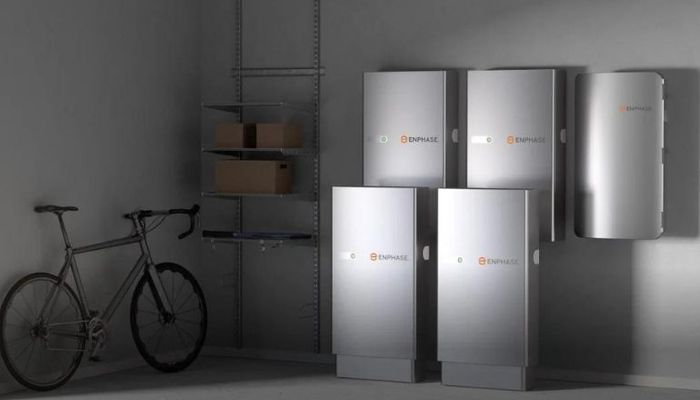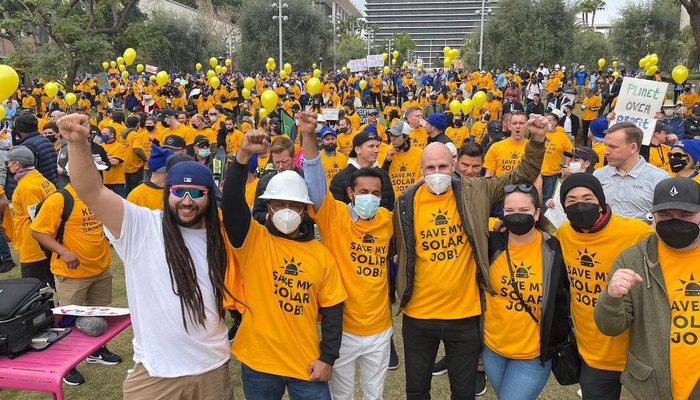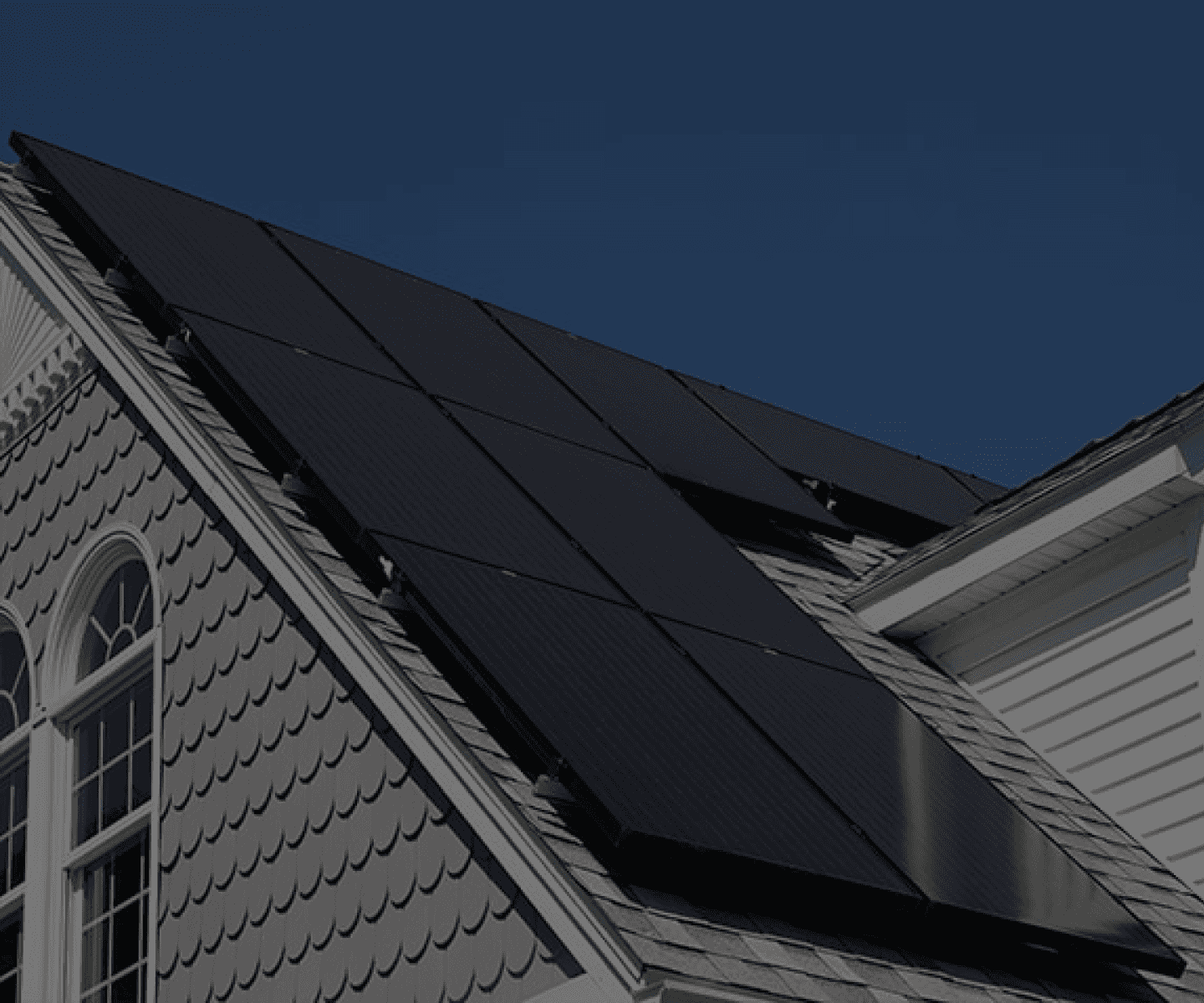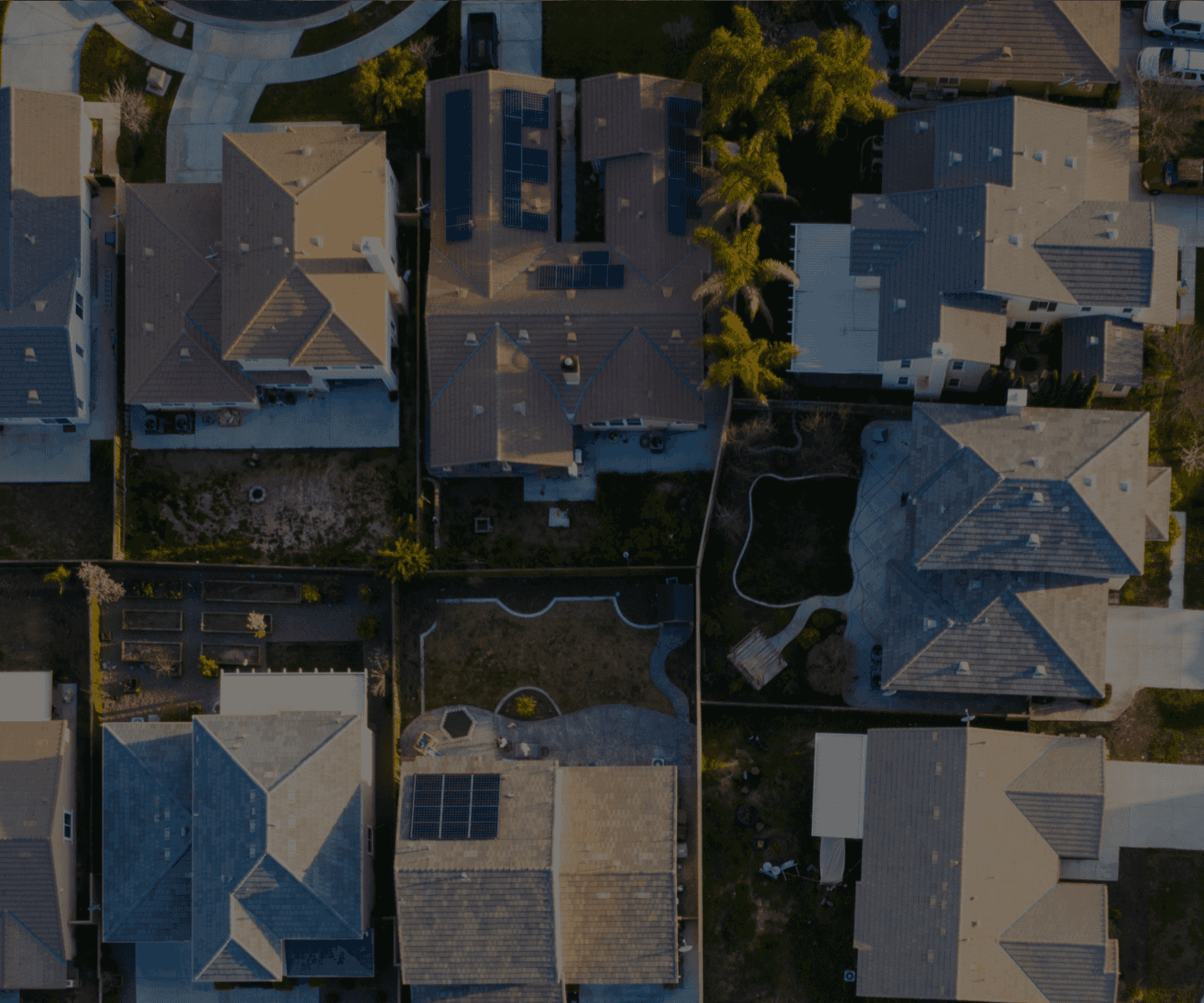Microinverters vs. String Inverters: What’s the Difference?

You need an inverter, no matter what kind of solar system you choose. An inverter helps solar panels convert direct current (DC) power from the sun into alternating current (AC) power for your home.
Choosing an inverter type, brand and model is one of the most significant decisions you’ll make during your solar installation journey. There are two main types of inverters available today: string inverters and microinverters. Let’s take an in-depth look at their differences in form and function.
String Inverters: How They Work
A string inverter converts DC power to AC power by “stringing” your solar panels in a series. These “strings” connect in parallel, feeding into the central inverter. Most home solar systems only require one central string inverter to handle the solar array’s energy production.
Because there is only one inverter managing the workload, the input is high voltage. Residential and small commercial string inverter systems are typically 300 to 600 volts, while larger commercial systems have up to 1,500 volts.
String inverters can maximize power production based on the combined voltage and current that solar panels produce on each Maximum Power Point Tracker (MPPT). Most string inverters have two or three MPPTs which work to maximize system output based on the average performance, and some efficiency loss is natural.
String inverters attach to walls, either indoors or outdoors. Install a string inverter as close to the main service panel as possible for easier installation.
Benefits of String Inverters
- Least expensive type of inverter
- Requires less labor to install
- Long-term track record (string inverters have been around for 20+ years)
- Most ideal if your roof or ground has plenty of sun exposure
Disadvantages of String Inverters
- High-voltage power requires additional care when installing
- Solar panel production is less optimal; if one solar panel fails or is shaded, it affects the entire string
- Shorter warranty period (5 to 10 years) compared to inverters with newer, more advanced technology
- Additional devices are required to meet NEC 2017 and 2020 rapid shutdown requirements
- If the inverter fails, you lose all system production until you can repair or replace the inverter
String Inverters with Power Optimizers
You do have the option of choosing a string inverter with a power optimizer. One popular brand, SolarEdge, offers DC optimizers as part of their string inverter systems. These optimizers have MPPT technology that optimizes the output of each solar panel. The optimized DC power then feeds to a single central inverter that converts the DC power to AC power.
String inverter systems that come with optimizers require more labor to install. However, the power from each panel is optimized, so if one solar panel has an issue, it won’t affect the others. You’ll also be able to monitor your solar panels, so you know how each panel is performing.
Keep in mind you are still working with high voltage DC, so install with caution. But note that these types of systems meet the NEC 2017 and 2020 rapid shutdown requirements, so you won’t have to purchase additional hardware.
String inverters with PV optimizers cost more than traditional string inverters but are lower than microinverters. So if you’re looking for a balance between string inverter simplicity and microinverter technology, you may want to consider this option.
Microinverters: How They Work
Similar to string inverters with PV optimizers, microinverters are designed to help your solar panels produce optimum power at all times. A solar system with microinverters will feature a singular inverter under each panel. Depending on the brand, you may find up to two or four solar panels connected to a microinverter.
Microinverters feature MPPT technology, helping to optimize each solar panel individually. Again, if one solar panel encounters an issue, this won’t affect the performance of the other panels.
Unlike string inverters, the voltage is distributed across each microinverter unit on your roof or ground so that you won’t run the risk of handling high-voltage power during the installation.
One of the most popular microinverter brands on the market today is Enphase. This brand boasts “plug-and-play” capabilities that make installation and monitoring a breeze.
Benefits of Microinverters
- More efficient energy production, as individual panels are optimized and one failed or shaded solar panel does not affect the others
- Panel-level monitoring available
- No high-voltage DC
- More extended warranties (10 to 25 years)
- Newer, more advanced technology
- Meets the NEC 2017 and 2020 rapid shutdown requirements without additional hardware
Disadvantages of Microinverters
- Most expensive type of inverter system
- Requires more labor to install
- Potential of multiple failure points (but is less of a concern due to the overall efficient production capabilities and is unlikely to occur)
Microinverters Vs. String Inverters: Which Should You Choose?
Both inverter types have distinct advantages and disadvantages.
If your solar array is unobstructed from the sun, a string inverter should work well for your needs. You might also opt for a string inverter if the price is a major deciding factor.
On the other hand, microinverters encompass some of the latest in solar technology. They’re easy to install and almost guaranteed to work efficiently, even if your home is shaded. So if the price tag is not your top priority, it might be worth investing in advanced microinverter systems like the Enphase.
Every home and situation is unique, so we advise reaching out to a solar expert to help you make the right decision regarding inverters. Inverters are a critical part of your solar system, so you won’t want to make hasty or quick decisions without conducting research first.
The solar experts at GoGreenSolar are here and ready to help you with your solar journey. Check out our selection of microinverter, string inverter and PV optimizer solar panel kits, or get in touch with our team today!






